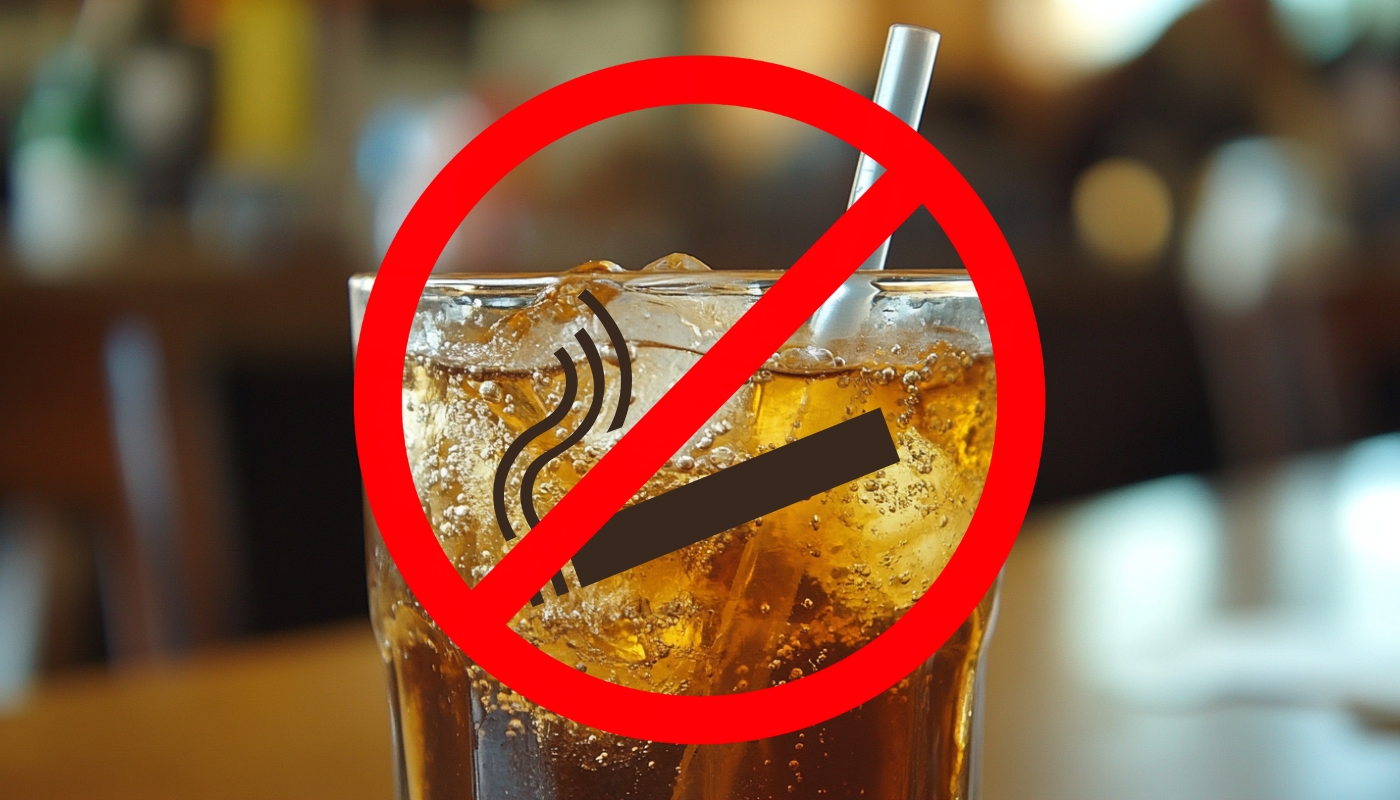Bleeding after a tooth extraction is common, but knowing how to stop it quickly can make recovery easier. A small amount of bleeding is normal as the body forms a clot to protect the empty socket. However, if the bleeding continues for too long, using the right techniques can help speed up the process and prevent complications.
Understanding what to expect before, during, and after the procedure can help you prepare better. Following the right aftercare steps ensures a smoother healing process and lowers the risk of infections or complications. You can find more details about the whole process of tooth extraction on this site.
This article covers five effective solutions to stop bleeding after a tooth extraction.
1. Apply Gauze and Maintain Pressure
Gauze is the most effective way to stop bleeding after a tooth extraction. Dentists recommend biting down on a clean, damp piece of gauze because it puts direct pressure on the wound, helping a clot form faster.
To use gauze properly, fold it into a small square and place it directly over the extraction site. Bite down firmly and keep it in place for at least 30–60 minutes.
Do not remove it too soon, or the clot may break, causing more bleeding. If the gauze becomes soaked with blood, replace it with a fresh piece and continue applying pressure.
Avoid talking, spitting, or touching the area while the gauze is in place.
2. Use a Black Tea Bag

Black tea helps stop bleeding after a tooth extraction because it contains tannins. Tannins are natural compounds that tighten blood vessels and help form clots faster.
Dentists often recommend this method because it works as both a natural coagulant and a mild pain reliever.
To use a black tea bag, steep it in hot water for a few minutes, then let it cool until it is warm but not hot.
Place the damp tea bag directly over the extraction site and bite down gently. Keep it in place for about 30 minutes while the tannins help stop the bleeding.
It is a safe, natural option that also reduces swelling and discomfort.
3. Keep Your Head Elevated
Keeping your head elevated slows down bleeding after a tooth extraction. When you lie flat, blood flows more freely to the extraction site, making it harder for a clot to form. Dentists recommend keeping your head propped up to reduce blood pressure in the area and help clotting happen faster.
Use pillows to keep your head raised above your heart when resting or sleeping. Avoid lying completely flat for the first 24 hours. Sitting in a reclined position also helps control bleeding and prevents excessive swelling.
Many patients who follow this advice notice that their bleeding slows down significantly within a few hours. Keeping your head raised also reduces discomfort and speeds up the healing process.
4. Avoid Strenuous Activity and Suction Movements

Physical activity and suction movements can restart bleeding after a tooth extraction. Strenuous exercise, heavy lifting, and bending over increase blood flow and make it harder for a clot to stay in place. Dentists advise resting for at least 24–48 hours to prevent excessive bleeding.
Suction movements, like using a straw, smoking, or spitting forcefully, can dislodge the clot completely. This leads to a painful condition called dry socket, which leaves the bone exposed and slows down healing. Avoid any sucking action for at least three days to keep the clot secure.
Oral surgeons warn that patients who ignore this advice often experience prolonged bleeding and severe pain. Resting and keeping the mouth relaxed make a major difference in recovery.
5. Try Ice Cubes Wrapped in Gauze
Cooling the extraction site helps slow down bleeding by constricting blood vessels. Ice reduces swelling, numbs pain, and makes it easier for a clot to form. Dentists recommend using ice as a quick way to control excessive bleeding after a tooth extraction.
Wrap small ice cubes in a clean piece of gauze and gently press it against the swollen area. Avoid direct contact with the wound, as extreme cold can irritate the tissues. Use the ice pack for short intervals, about 10–15 minutes at a time, to avoid damaging the gum.
Patients who use this method correctly often experience less bleeding and swelling within the first few hours. It is a simple and safe way to support healing after an extraction.

How Long Should Bleeding Last After Tooth Extraction?
Bleeding is normal after a tooth extraction, but it should not last too long. Dentists say that minor bleeding can continue for a few hours, but a proper clot should form within the first 12–24 hours. If bleeding does not slow down or worsens, there may be a problem.
- First Few Hours: Bleeding is steady but should slow down with gauze pressure.
- 6–12 Hours: Blood should stop flowing freely, and a clot should form.
- 12–24 Hours: Light oozing is normal, but active bleeding should stop.
- After 24 Hours: The socket should remain covered by a clot with little to no fresh bleeding.
When Bleeding Is a Problem
- If blood is pooling in the mouth hours after extraction.
- If the gauze keeps soaking through with fresh red blood.
- If the clot falls out and the socket starts bleeding again.
- If bleeding lasts beyond 24 hours without slowing down.
Best Foods to Eat After a Tooth Extraction
Eating the right foods after a tooth extraction helps the healing process. Soft, nutritious foods are best because they do not disturb the clot or cause pain.
- Mashed Potatoes: Soft, easy to eat, and full of nutrients.
- Yogurt: Cool and soothing, helps with inflammation.
- Scrambled Eggs: High in protein and easy to chew.
- Smoothies (No Straw!): Packed with vitamins but should be sipped from a cup.
- Applesauce: Mild, soft, and gentle on the extraction site.
- Soup (Lukewarm Only): Provides nourishment without chewing.
Foods to Avoid
- Crunchy Foods: Chips, nuts, and raw vegetables can irritate the wound.
- Sticky Foods: Candy or chewy foods can pull the clot loose.
- Spicy Foods: Can cause irritation and discomfort.
- Hot Foods or Drinks: Heat can dissolve the clot and restart bleeding.
- Alcoholic Beverages: Can slow healing and increase bleeding risk.
Dentists recommend sticking to soft foods for at least 2 days. Once the pain decreases and the clot is secure, normal foods can be reintroduced slowly.
FAQs
Last Words
Bleeding after a tooth extraction should not last long if you follow the right care routine. The key is to protect the clot, avoid anything that could dislodge it, and give your body the time it needs to heal. Rushing into normal activities too soon or ignoring aftercare instructions can lead to serious problems.
If bleeding slows down within a few hours and stops completely in a day, things are on track. If it keeps going or starts again suddenly, something is wrong. Persistent bleeding, severe pain, or a foul taste are clear signs that you need to call your dentist immediately.

